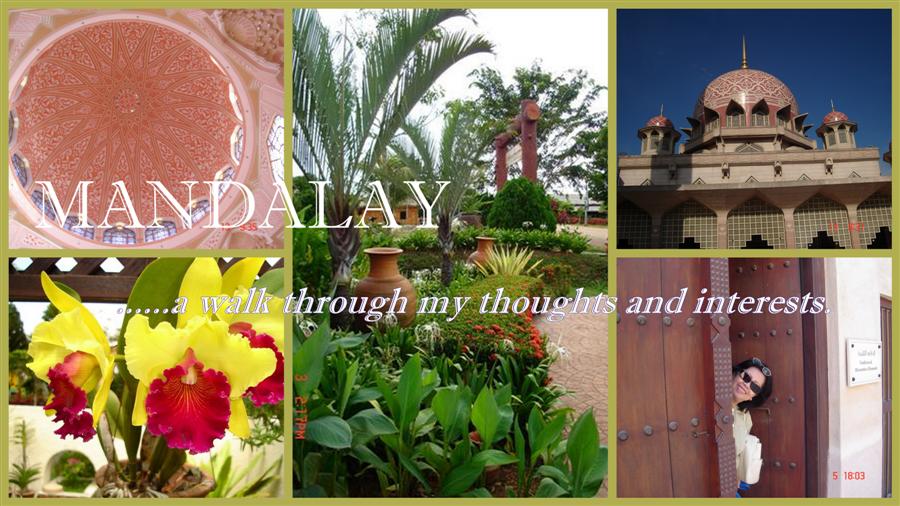I woke up this morning with thoughts of my late paternal grandfather whom I refer to as Wo (pronounced as "war"). Al fatihah to him. I recall him as being called Sidang Omar by the village folks and I wonder what that means.....
In Malacca, Tok Sidang is the highest official in a "Mukim" comprising of a group of villages or "kampongs". It is a subdistrict under the current National Land Code. In the village, the highest official is the headman or "Penghulu". He may also be the Tok Sidang or Tok Empat. I am not sure of the origin of Tok Empat (4) but I do believe there must be four of them or one of four.
A customary Malay village usually starts from one or more groups of kinfolks linked by intermarriages. The primary authority rests with the headman who is usually a member of the principal or founding family. He assumes office usually through inheritance. His duties are, amongst others, to keep the peace of the village, surrender wrong doers to district chief, provides tribute labour and sometimes produce from the village, allocate surplus land and function as judge. By the Malacca Code of the 16th century, he is also required to understand religious law, principle of natural justice, principle of right conduct and customary law or "adat".
The Malacca social structure has been adapted by other states like Perak and Pahang and it might be of great interest to delve into how it all began in Malacca.
It all began in the land of Minangkabau in Sumatra where matrilineality in descent and inheritance encouraged the men to be engaged in voluntary migration or "merantau" as early as the 12th century. They sailed up the Straits of Malacca and then the Linggi River and came upon an area much like their own homeland. Unfortunately, the area then was inhabited by the local aboriginal Jakuns. Legend has it that their women were of exceptional beauty and charm. So the Minangkabau men sought out the headman to discuss marriage. Whilst the Jakuns were initially reluctant they finally agreed to one lady for the Minangkabau leader. The Jakuns were ultimately absorbed into the Minangkabau colonies. They were the Biduanda and Mantera clans of Negeri Sembilan and Malacca.

They were introduced to the "adat perpateh" which has a pre-Islamic origin of matrilineality and Indic of pre-Hindu belief and practices as per their metaphorical language of rich corpus of oral tradition found in it's customary sayings or "perbilangan" and "pantuns", sequence of quatrains.
The Jakuns were also introduced to the techniques of wet-rice agriculture and the teachings of Sunni Islam of the Shafie school of thoughts.
The Jakuns were also introduced to the techniques of wet-rice agriculture and the teachings of Sunni Islam of the Shafie school of thoughts.
Later arrivals were not always Minangkabaus. The later influx of Javanese into Malaya in 1600s were most likely to seek new life away from the Dutch colonialists. There are many Java villages, Kampong Jawa in Malacca including the one on a hill in Alor Gajah, Malacca. Through intermarriages they too became assimilated into the Minangkabau community.
Invariably, the villages became organised into matricianc ("suku"), subclans ("perut" meaning stomach) with common ancestress and lineally related members of matri-unilocal residential units. With this I recall my own "suku" is named after the locality of our original village - (Solok) Limau Perut - hence, Anak Melaka Limau Perut. I have visited Solok Limau Perut near Alor Gajah, Malacca, but once. It was a typical Minangkabau village with stretches of padi fields in the periphery. The "Buapak", a sub-chief helps to check and oversee relationship among persons.
.jpg)
No comments:
Post a Comment